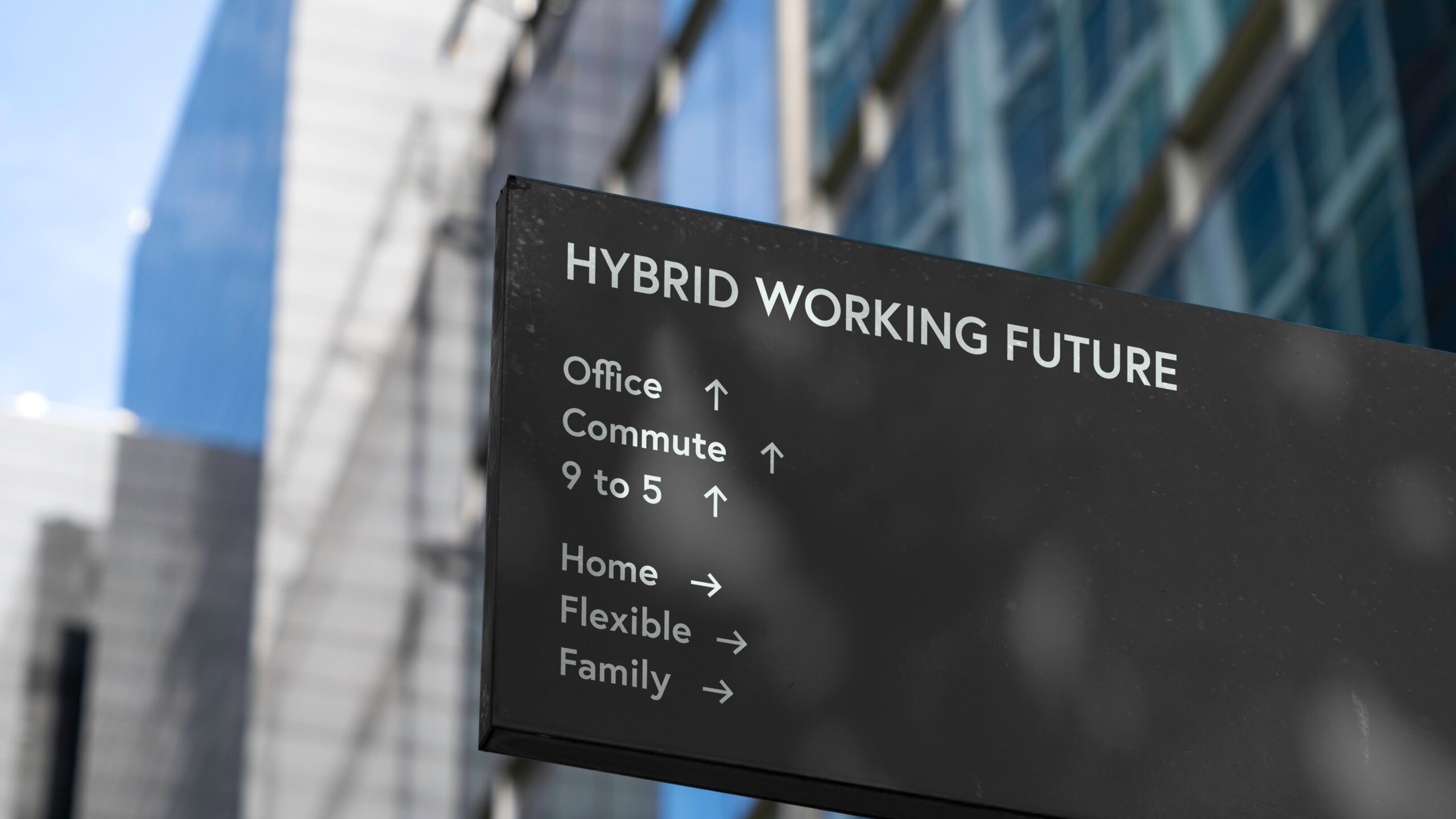Introduction:
“The greatest danger in times of turbulence is not the turbulence; it is to act with yesterday’s logic.” – Peter Drucker
In the face of changing work patterns, relying solely on traditional work approaches may hinder progress. This quote emphasises the importance of re-evaluating old strategies and adopting new, innovative solutions for hybrid working that address the needs of both clients and employees.

As we step into the post-pandemic world, the topic of hybrid working has become a focal point for leaders and employees alike. In a world that experienced a seismic shift in work patterns during the pandemic, it is only natural to question the effectiveness of hybrid work arrangements. Dom Hawes, Group CEO of Selbey Anderson, raised some compelling arguments in his article on the subject: “Is hybrid working?” – prompting us to explore the nuances and possibilities of hybrid working. In this blog, we will delve into the key points from the article and examine the benefits, challenges, and potential solutions of embracing a hybrid work model.
1. Balancing productivity and well-being
Hawes rightly acknowledges the importance of productivity and well-being in a hybrid work environment. While some studies might question the productivity gains of remote work, it is essential to remember that work is not merely about output. The pandemic taught us the value of work-life balance and employee satisfaction. A hybrid model allows for flexible work arrangements that can cater to individual needs while still ensuring a productive work environment. Balancing productivity and well-being should be at the core of any successful hybrid working strategy.
2. Client-centricity and employee satisfaction
The article emphasises the significance of prioritising client needs, but we must not overlook the well-being of the employees who serve those clients. Client-centricity should go hand in hand with employee satisfaction. A happy and engaged workforce is more likely to deliver exceptional results for clients. Therefore, it is crucial to strike a balance between meeting client demands and ensuring employees feel supported and valued in the hybrid work setting.
3. A tailored approach
Just as every organisation is unique, so are the needs and preferences of its employees. Embracing hybrid working requires a tailored approach that considers the specific nature of the business, the industry it operates in, and the roles of its employees. One size does not fit all and adopting a flexible approach to hybrid working allows companies to optimise their work arrangements based on individual requirements.
4. The role of technology
In the digital age, technology plays a pivotal role in supporting hybrid work arrangements. As mentioned in the article, AI, automation, and collaboration tools can significantly enhance productivity and streamline work processes. Companies must invest in technology that enables seamless communication, collaboration, and project management, empowering employees to work efficiently, regardless of their physical location.
5. Overcoming infrastructure challenges
The infrastructure challenges raised in the article, such as long commutes and inefficient workspaces, need to be addressed to ensure the success of hybrid working. Improving transportation options and creating conducive home workspaces are essential steps that organisations should take to support their employees in the hybrid work environment.
The hybrid working dilemma demands a balanced approach. Embracing change, leveraging technology, and prioritising employee well-being are the keys to unlocking the full potential of this evolving work landscape.
